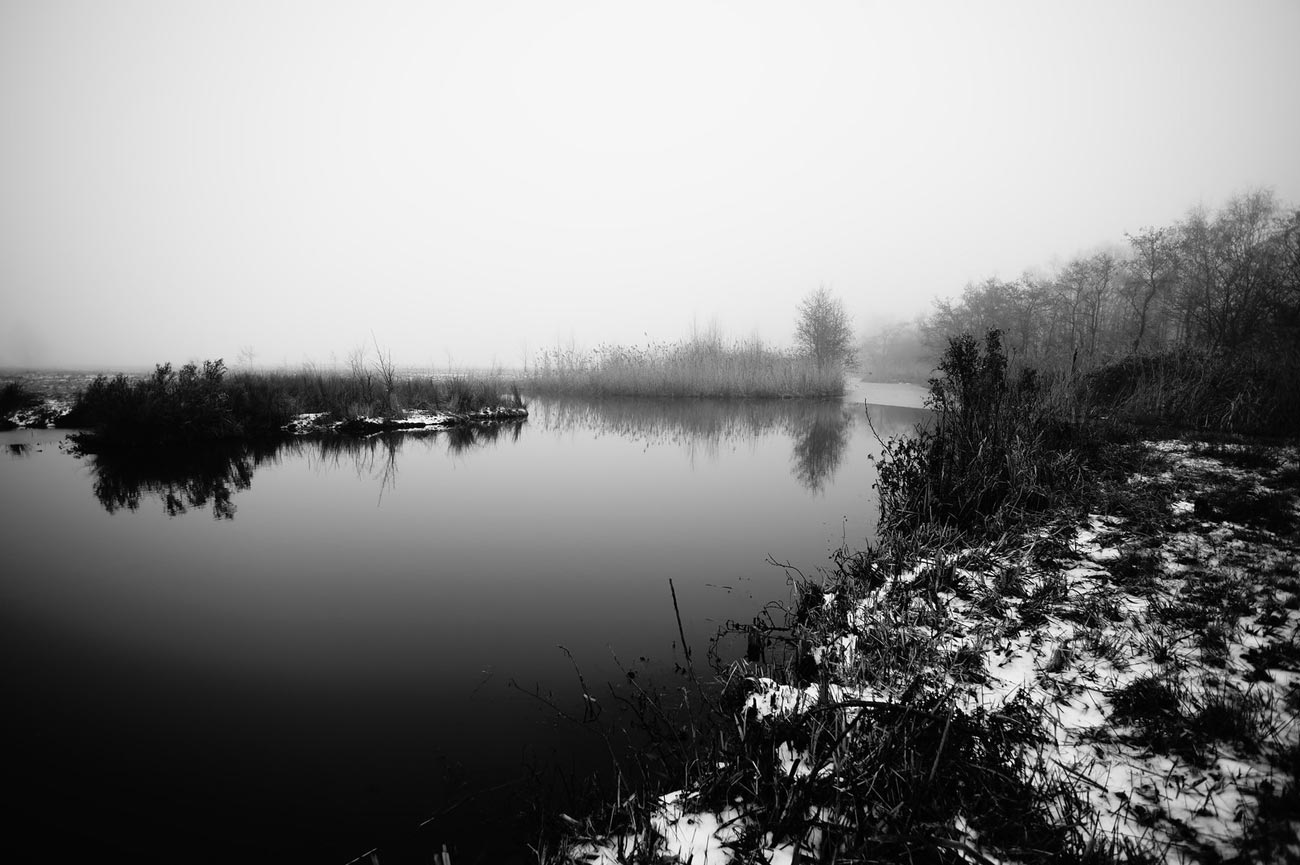How to Solve Common Exposure Problems

Photo by Ronald van der Graaf. Licensed under CC BY 2.0
In film photography, there may be nothing more disappointing than shooting an entire roll of film, spending the time to develop it, and then realizing that the images didn’t turn out as expected. Here are a few common exposure problems and some tips to resolve them for the next shoot.
Negative is too light overall, resulting in a print too dark
When film negatives are too light, it likely means it was underexposed. The film speed may have been set too high, shutter speed was too fast, the aperture was too small, or possibly all of the above. It is also possible that the film received less development than necessary in the darkroom. The best way to avoid this problem in the future is to carefully review your film speed and ensure all camera controls are properly set. If rolls of film are frequently underexposed your light meter may also be inaccurate.
Negative is too dark overall, resulting in a print too light
When film negatives are too dark, it likely means it was overexposed. Film speed may have been set too low, shutter speed too slow, or the aperture too wide, or maybe all of the above. It is also possible that the film received too much development time. Again, the best way to avoid this problem is to carefully review all camera settings, including film speed, shutter speed, and aperture. If entire rolls of film are commonly overexposed your light meter may also be inaccurate.
Bright scene is too dark
Common with winter photography or when a scene is too bright overall, the light meter will average all tones for an average mid-gray tone. The problem is that this will turn any bright scene darker. To compensate for this, open the aperture one or two f-stops to overexpose the scene. Learn more about exposing in snow and bright scenes in winter photography tips and techniques.
Subject is too dark against a lighter background
If the subject is backlit by a light source, your light meter may be overly influenced by the background and underexpose the subject. To correct this, move the light meter closure to the subject, measure, set your shutter speed and aperture, then step back into position to take the photograph. Learn more about photographing backlit subjects in exposing for backlighting.
No picture is present but film frame numbers appear
If the entire roll is blank but the film frame numbers are visible then it likely did not catch on the film advance reel. If just a few frames are blank then the lens cap may have been on or the shutter may have failed to open. To ensure that the film is advancing, check that the rewind lever rotates when you advance the film or the frame counter advances. You can also check shutter functionality by opening the back of the camera and pressing the shutter release
No picture is present and no film frame numbers appear
If no frame numbers appear, there was a problem during the film development or it was not developed at all. It is also possible that the film was exposed to light prior to being developed. Review film processing to make sure the necessary steps were completed.
Double or multiple exposures
If images on the negative overlap over the entire roll, you may have accidentally put the same roll of film through the camera. To avoid this, simply be sure to mark film that has been exposed. If images overlap on just one or a few frames, the film did not advance properly. There is a slight possibility that this results from the photographer failing to advance the film a full frame between exposures. But if it commonly happens have the film advance mechanisms checked.

















